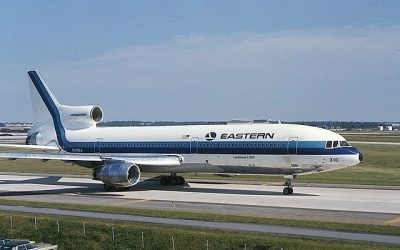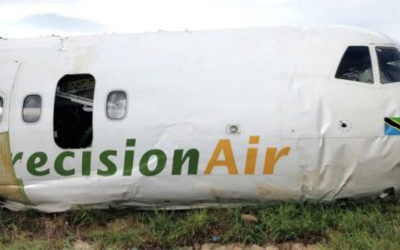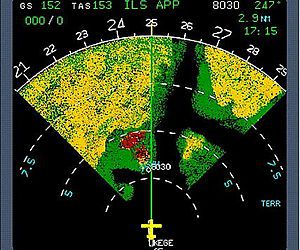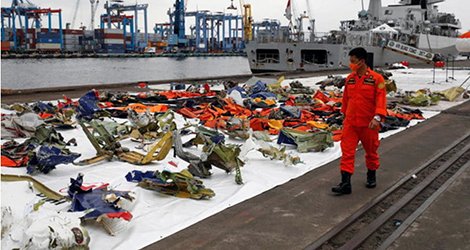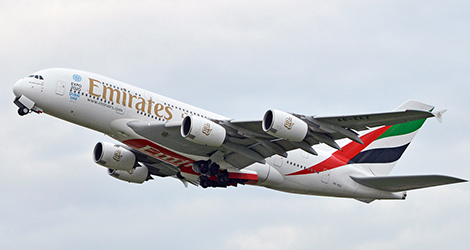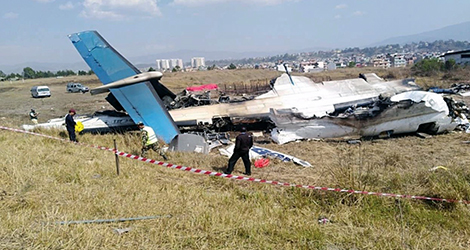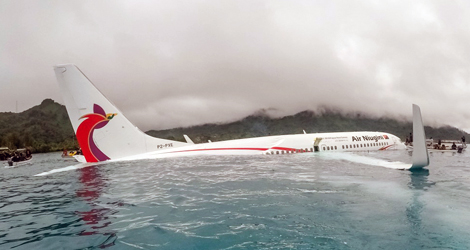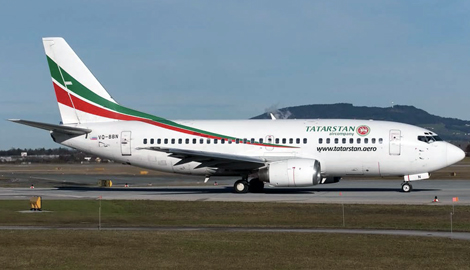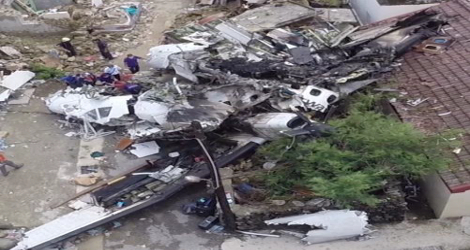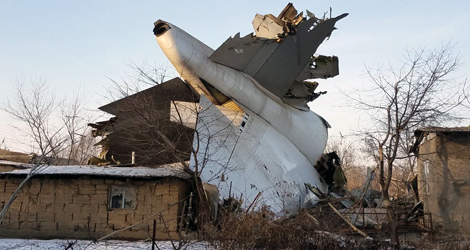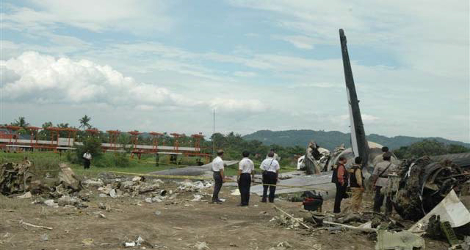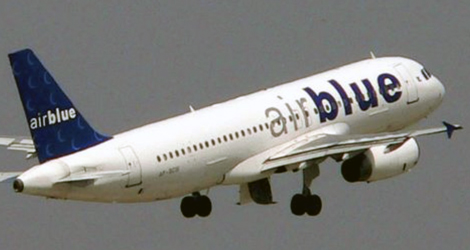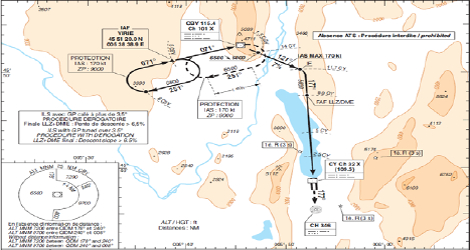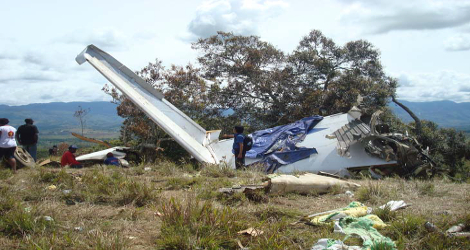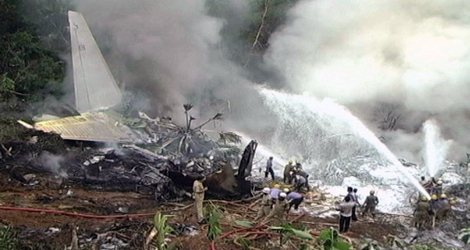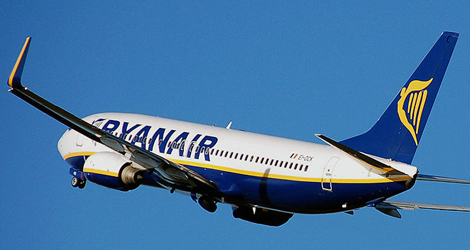Eastern Airlines flight EAL410 operated with a Lockheed 1-1011 crashed at 23:42 eastern standard time, December 29, 1972, 10.7 miles west-northwest of Miami International Airport, Miami, Florida. The aircraft was destroyed. Of the 163 passengers and 13 cremembers aboard, 94 passengers and 5 crewmembers received fatal injuries. Two survivors died later as a result of their injuries.
Following a missed approach because of a suspected nose gear malfunction, the aircraft climbed to 2, 000 feet mean sea level and proceeded on a westerly heading. The three flight crew members and a jumpseat occupant became engrossed in the malfunction.
The National Transportation Safely Board determines that the probable cause of this accident was the failure of the flightcrew to monitor the flight instruments during the final 4 minutes of flight, and to detect an unexpected descent soon enough to prevent impact with the ground.
Preoccupation with a malfunction of the nose landing gear position indicating system distracted the crew’s attention from the instruments and allowed the descent to go unnoticed.
Precision Air – ATR42-500 (5H-PWF) flight PW494
Precision Air flight PW494 was operated with an ATR42-500 (registration 5H-PWF) from Julius Nyerere International Airport, Dar es Salaam for a scheduled commercial passenger flight to Bukoba on 06-11-2022. Weather at destination Bukoba airport was poor and last part...
GPWS vs EGPWS
GPWS vs EGPWS Ground Proximity Warning System (GPWS) and Enhaced Proximity Warning System (EGPWS) are safety systems that are installed on aircraft to provide pilots with visual and auditory warnings of potential ground collisions. GPWS utilizes a combination of...
Sirwijaya Air – Boeing B737-500 (PK-CLC) flight SJ182
On 9 January 2021, Sirwijaya Air flight SJ182 took off from Soekarno-Hatta International Airport (WIII), Jakarta with intended destination of Supadio International Airport (WIOO), Pontianak, and operated with a Boeing B737-500 registration PK-CLC. At 0736 UTC (1436...
EMIRATES – Airbus A380-861 (A6-EEZ) flight EK131
Emirates flight EK131 was a scheduled flight from Dubai International Airport to Domodedovo International Airport, Moscow operated on 10 September 2017with an Airbus A380-861 aircraft, registration mark A6-EEZ. There were a total of 448 persons onboard, comprising 422...
US Bangala Airlines – Bombardier DHC8-402 Q400 (S2-AGU) flight UBG211
US Bangala Airlines flight UBG211 was operated on 12 March 12 2018 with a Bombardier DHC-8-402 (Q400) airplane registered S2-AGU from Hazrat Shahjalal International Airport, Dhaka, Bangladesh at 06:51 UTC to Tribhuvan International Airport, Kathmandu, Nepal. The...
Air Niugini – Boeing B737-8BK (P2-PXE) flight PX073
Air Niugini flight PX073 impacted the water of Chuuk Lagoon, about 1,500 ft (460 m) short of the runway 04 threshold on 28 September 2018, at 23:24:19 UTC2 (09:24 local time). It was operated with a Boeing 737-8BK aircraft, registered P2-PXE (PXE), operated by Air...
Tatarstan Airlines – Boeing B737-500 (VQ-BBN) flight TAK363
Tatarstan Airlines flight TAK363 was a commercial flight operated on November 17, 2013 from Moscow (Domodedovo, UUDD) to Kazan (UWKD) on the Boeing 737-500 VQ-BBN aircraft. At 10:10 all the crew members passed medical examination at Kazan airport medical post and the...
TRANSASIA AIRWAYS – ATR ATR72-212A (B-22810) flight GE222
On 23 July 2014, an ATR-GIE Avions de Transport Régional ATR72-212A (ATR72) aircraft, registered B-22810, Transasia Airways flight GE222 , with two pilots, two cabin crew, and 54 passengers, was being operated on an instrument flight rules (IFR) regular public...
ACT Airlines – Boeing B747-412F (TC-MCL) flight TK6491
On January 1st 2017 the crew of a cargo Boeing 747-412F a/c registration TC-MCL operated by ACT Airlines including Captain, FO, loadmaster and a/c...
Garuda Indonesia – Boeing B737-497 (PK-GZC) flight GA200
On 7 March 2007, Garuda Indonesia flight GA200, a Boeing B737-497 registered PK-GZC , was being operated by Garuda Indonesia on an instrument flight rules (IFR), scheduled passenger service, from Soekarno-Hatta Airport, Jakarta to Adi Sucipto Airport, Yogyakarta....
Air Blue – Airbus A321-231-A5 (AP-BJB) flight ABQ202
Air Blue flight ABQ202 , operated with an Airbus A321 (AP-BJP) on 28 July 2010, was a scheduled domestic flight sector Karachi - Islamabad. The aircraft had 152 persons on board, including six crew members. Air Blue flight ABQ202 took-off from Karachi at 0241 UTC...
JET 2 – BOEING B737-33A (G-CELC)
The fight crew of JET 2 flight G-CELC were carrying out an ILS approach to Chambery Airport, in IMC, with the autopilot engaged and the LOC (localiser) and VS (vertical speed) modes selected. The crew reported that they had observed some anomalies with the ILS and DME...
PT. AVIASTAR MANDIRI – BRITISH AEROSPACE BAe 146-300 (PK-BRD)
On the morning of 9 April 2009, a British Aerospace BAe 146-300 aircraft, registered PT. AVIASTAR MANDIRI flight PK-BRD was on a scheduled passenger and cargo flight from Sentani Airport to Wamena Airport, Papua. The crew consisted of two pilots, two flight...
JETSTAR – AIRBUS A321-231 (VH-VWW) flight JQ57
The JETSTAR flight JQ57 was on a scheduled flight from London Gatwick Airport to Chania Airport, Crete. The aircraft and pilots were on their first fight of the day. The fight preparation proceeded normally until, when the co-pilot selected the slats/flaps lever to...
Air India Express Boeing B737-800 (VT-AXV) flight IX812
Air India Express flight IX812 was a scheduled Quick Turn Around (QTA) daily flight , on sector Mangalore-Dubai-Mangalore. On 21st / 22nd May 2010, a similar flight was operated by the same cockpit crew , along with 4 Cabin crew. As per the schedule, the crew had been...
Ryanair – Boeing – B737-800 (EI-DHX) flight RYR9853
Ryanair flight RYR9853 was carrying out a routine scheduled passenger flight between London Gatwick Airport (LGW) and Ireland West Airport (EIKN), Knock, Co. Mayo. The major part of the flight was operationally uneventful until the approach phase to Ireland West was...
Aviation accidents
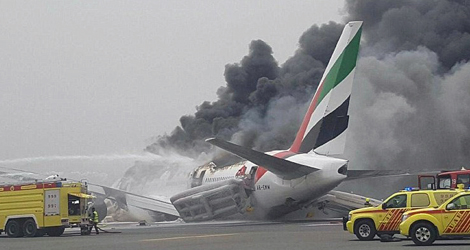 An aviation accident is an incident in which an aircraft is damaged or destroyed as a result of a collision, fire, structural failure, or other event. Aviation accidents can be caused by a variety of factors, including mechanical failure, pilot error, adverse weather conditions, and sabotage. Aviation accidents can result in fatalities, injuries, and damage to property.
An aviation accident is an incident in which an aircraft is damaged or destroyed as a result of a collision, fire, structural failure, or other event. Aviation accidents can be caused by a variety of factors, including mechanical failure, pilot error, adverse weather conditions, and sabotage. Aviation accidents can result in fatalities, injuries, and damage to property.
Aviation incidents
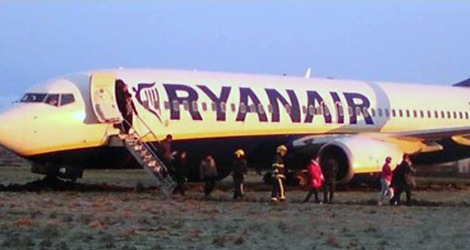 An aviation incident is an occurrence, other than an accident, that affects or could affect the safety of aircraft operations. Examples of aviation incidents include near collisions, runway incursions, and unruly passenger incidents.
An aviation incident is an occurrence, other than an accident, that affects or could affect the safety of aircraft operations. Examples of aviation incidents include near collisions, runway incursions, and unruly passenger incidents.
Aviation serious incidents
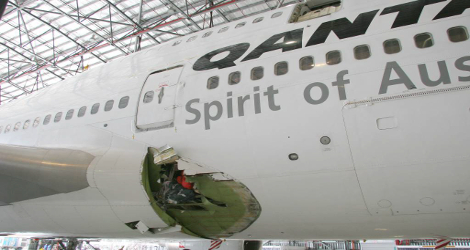
A serious incident in aviation refers to an event that could have resulted in an accident or that had the potential to cause serious injury or death. Some examples of serious incidents in aviation include engine failure, in-flight fires, and loss of control of the aircraft.

